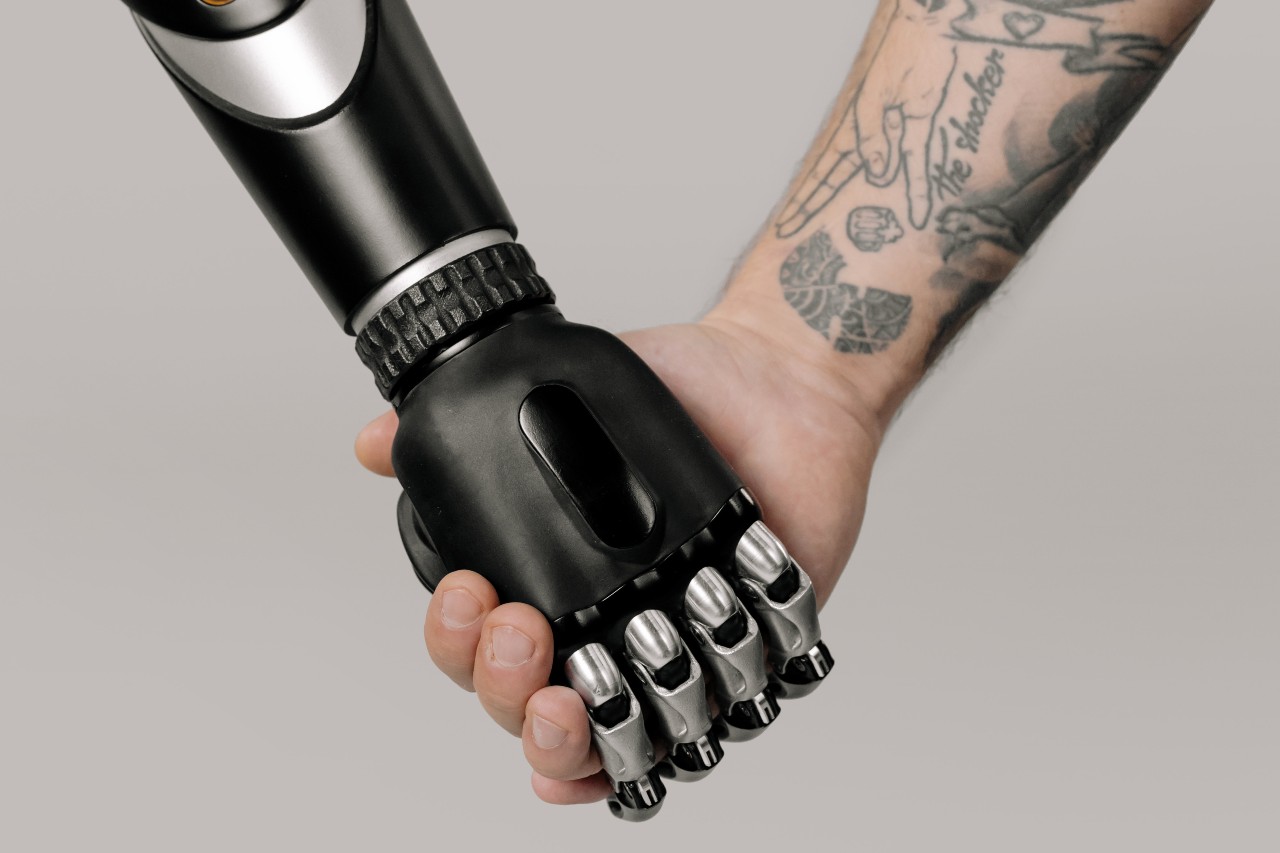Prosthetics have been around for a long time. One of the earliest recorded instances of an artificial body part in history is a wooden big toe found attached to the foot of a female Egyptian mummy. But the trigger for the modern era of ‘smart’ limbs was arguably a terrible accident in 1976. Van Phillips, a 21-year-old student, was waterskiing when a motorboat sliced off his left leg below the knee. Not happy with the prosthetic limb he was given, Phillips studied biomechanical engineering with the goal of developing a better limb.
And that, in a way, heralded a new era of prosthetic limbs in the 1980s. These were made of smarter materials, and the designs were sometimes inspired by animal limbs rather than human ones. The point was this: Why not aim for a better artificial enhancement rather than trying to approximate a human limb’s capability? This is an argument often made by today’s pioneering start-ups at the cutting edge of the next big leap in the bionic revolution.
The bionic revolution: what it really means
Traditional prosthetics use body-powered harnesses to control a limb device. So, the prosthetic hand, for instance, opens with a shrug of the shoulder. An improvement on the conventional prosthetic hand is the motorized hand, which takes some time to get used to. By contracting the remaining muscles of the arm, the device closes. The contraction is detected by an electrical sensor on the muscles, telling the hand to close.
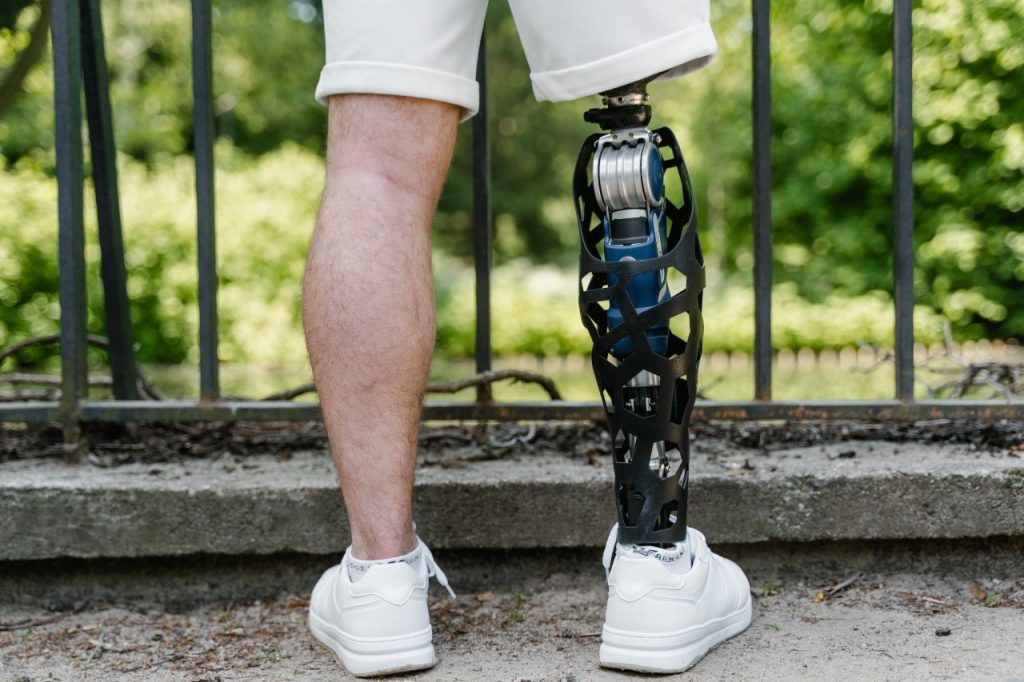
New-age bionic hands take this concept much further by detecting electrical signals in the brain and nerves. There are multiple ways to go about this. Tiny sensors may be implanted in parts of the brain responsible for movement, or small electrodes are attached to the amputated nerves. Both serve the same purpose. The person simply needs to think about moving their hand and Artificial Intelligence-enabled systems translate those impulses into physical movements of the bionic prosthetic hand.
We are at the dawn of a new bionic age.
The race to develop smarter, stronger limbs
There are more than 2 million people living with limb loss in the United States, and that number is expected to double by 2050. Globally, there are more than 1 million limb amputations every year—or one every 30 seconds. The causes of amputation vary but the major ones include disease, accidents and war. For people suffering a loss of a limb, advances in bionic technology offer a chance to dramatically improve the quality of their lives.
There is naturally a lot of public interest in this field, and many well-funded start-ups have sprung up in the last 5-10 years seeking to push the frontiers of bionic prosthetic limb technology.
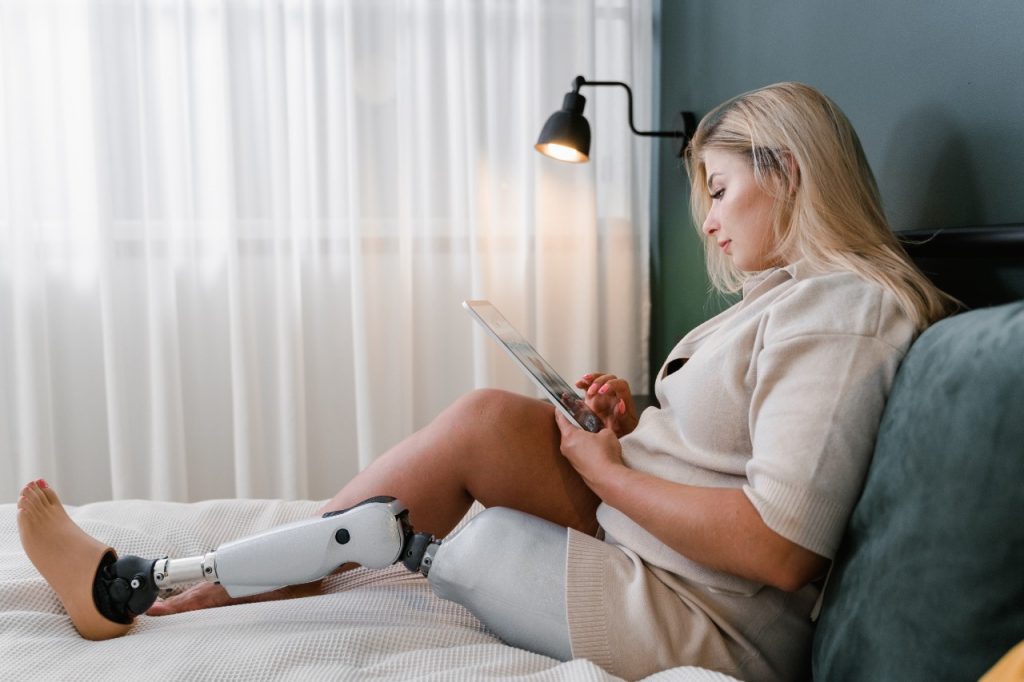
Research on bionic limbs is also getting more attention in some of the top universities in the world. The K. Lisa Yang Center for Bionics, MIT, is one such center that aims to accelerate “the development and deployment of enabling technologies that communicate directly with the nervous system to mitigate a broad range of disabilities.”
Meanwhile, researchers at MIT’s Media Lab are testing new approaches that offer more precise control of prosthetic limbs. One such strategy, called magnetomicrometry, provides fast and accurate muscle measurements in animals, and will be offered to human volunteers in the next few years. Also, researchers at Cleveland Clinic designed a bionic arm in 2021 that allows wearers to behave and function like a person without an amputation.
However some of the most exciting prosthetic products and devices are coming from start-ups, or collaborations between start-ups and universities.
Start-ups give a helping hand
A newly-developed prosthetic hand from startup Esper Bionics deploys self-learning tech to improve user experience with time. One of the lightest artificial hands of its kind in the market, it enabled volunteers to perform tasks like cutting fruit, opening cans and using digital devices fairly easily.
Explaining what makes his company’s bionic hand different from the competition, Esper Bionics CEO and founder, Dmytro Gazda, said in an interview that the hand “recognizes situations and helps to choose the right grip in advance due to connection to our platform, and it detects muscle activity up to 10 times better than other players.”
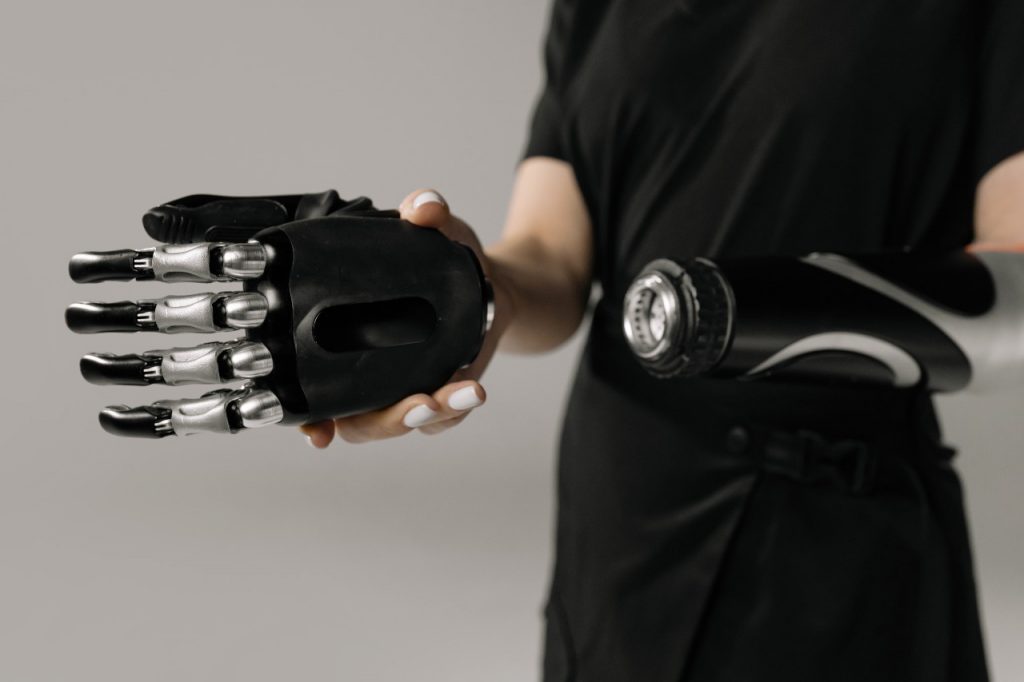
Another promising start-up is BionicM, founded by China-born Sun Xiaojun who lost his leg as a child after being diagnosed with bone cancer. BionicM’s bionic leg combines built-in sensors that detect movements with motors to assist in walking. This makes the leg less tiring to use. “Even on stairs, the leg feels natural, like using your own muscles. It’s also fall resistant, and easy to use,” Sun Xiaojun says.
The start-up is supported by the University of Tokyo and located on campus.
Another tie-up between a start-up and a university led to the development of the LUKE Arm prototype (the name is inspired by Luke Skywalker, who loses his right hand in a battle with Darth Vader in Star Wars). In an experimental study, Mobius Bionics and the University of Utah came together to develop the LUKE Arm that promises to return function and feeling to wearers by sending signals to the nervous system through peripheral nerve stimulation.
Then there’s the ‘Ability Hand’, developed in 2021 by Psyonic, a start-up founded by Aadeel Akhtar. Touted as the “world’s fastest and first touch-sensitive bionic hand,” its fingers were developed by filling 3D-print finger moulds with silicon and rubber, and overlaying the 3D-printed palm with carbon fibre. As a result, the hand is both light and strong.
The bionic future
While a lot of focus is on bionic artificial limbs, the future of bionics is not limited to arms and legs.
California-based Second Sight Medical Products has come up with Argus II, a prosthesis for the eye comprising a microelectronic array implanted in the retina; a wearable camera; and an image processing unit. The device bypasses damaged photoreceptors by acting as a link between the object and the optic nerve.
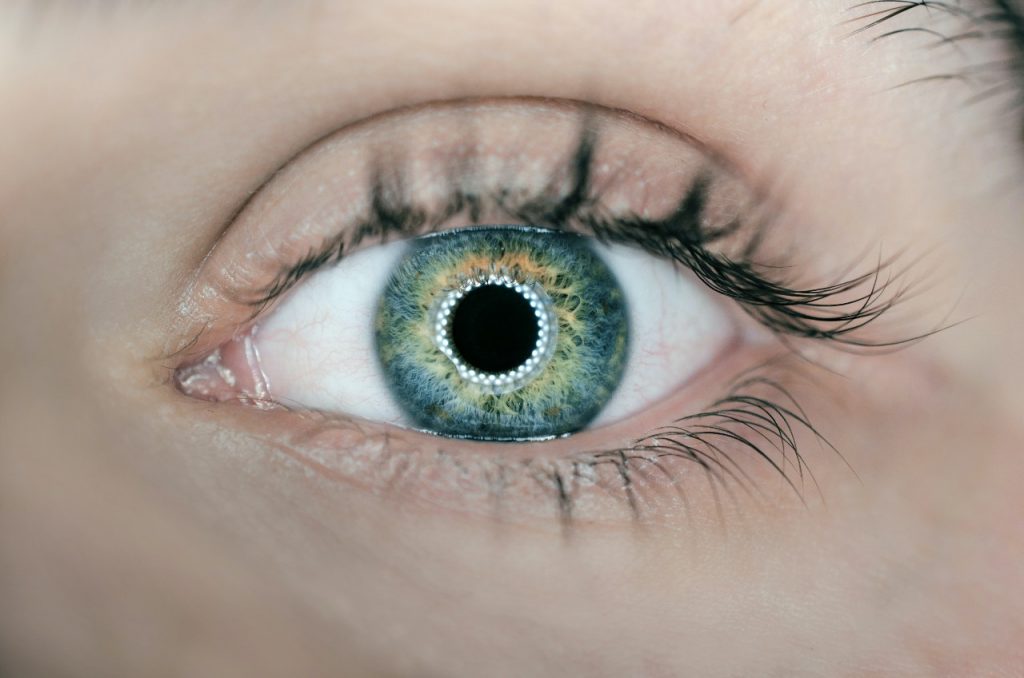
Auditory bionics is also entering an exciting new phase. While cochlear implants have been around for decades, new technologies like bone-anchored hearing aids and auditory brainstem implants are accelerating the bionic revolution.
At MIT’s K. Lisa Yang Center for Bionics, two core focus areas, apart from developing intuitive bionic limbs, are the “digital nervous system” to help people overcome movement disorders, and mind-controlled exoskeletons.
But beyond using bionic devices for health and medical reasons, in the not-so-distant future, such extensions of human body parts—better, stronger and more durable than what we were born with—may well become the norm. By 2050, cyborgs, beings that are part-human, part-machine, will no longer raise eyebrows—there could be so many of them walking amidst us. Brain implants will most likely no longer be something unusual with the development of projects such as Elon Musk’s Neuralink, which aims to go even further and create high-throughput brain implants that will bring people closer to AI in the long run, which has profound implications for longevity and life extension.
